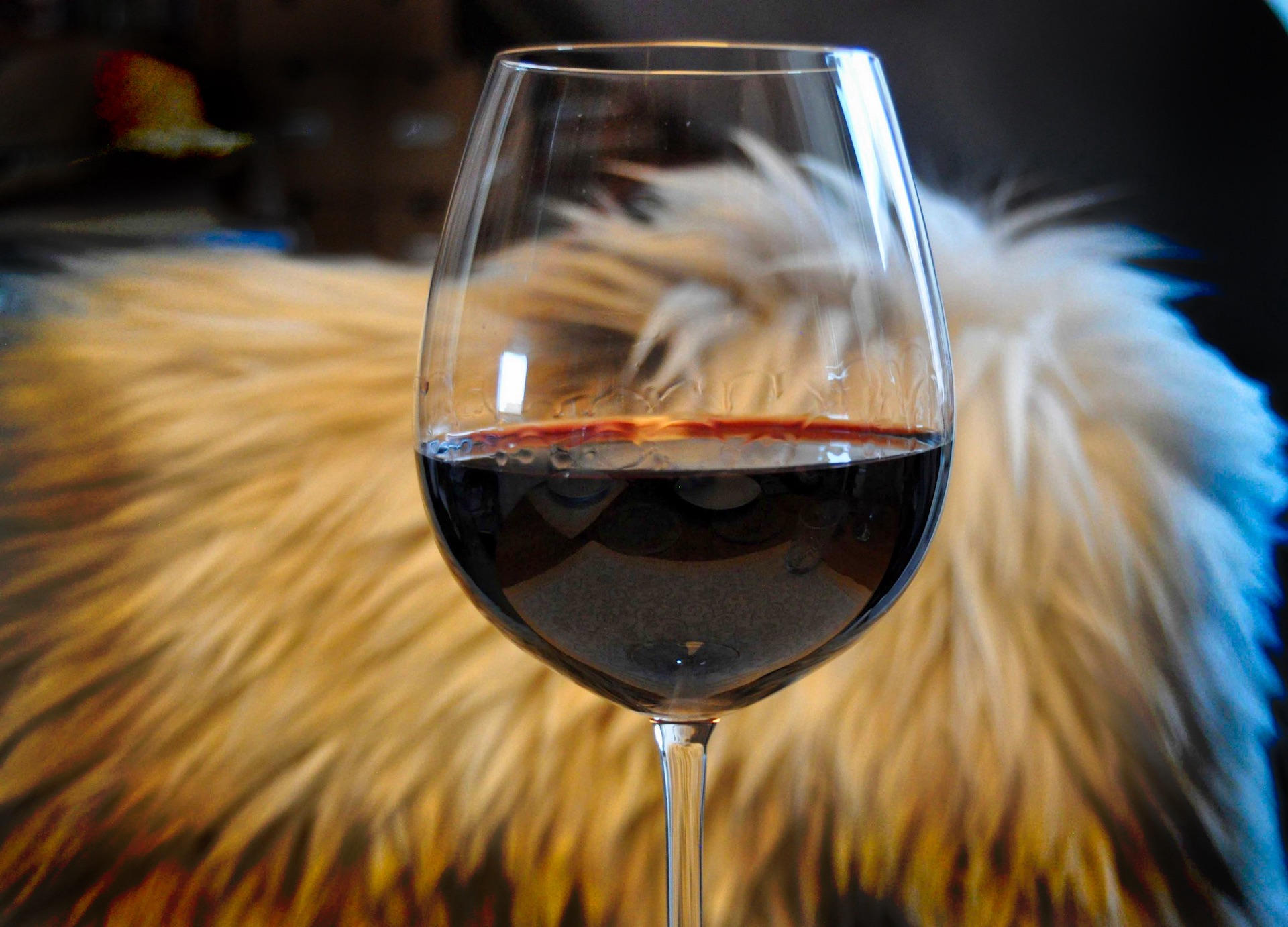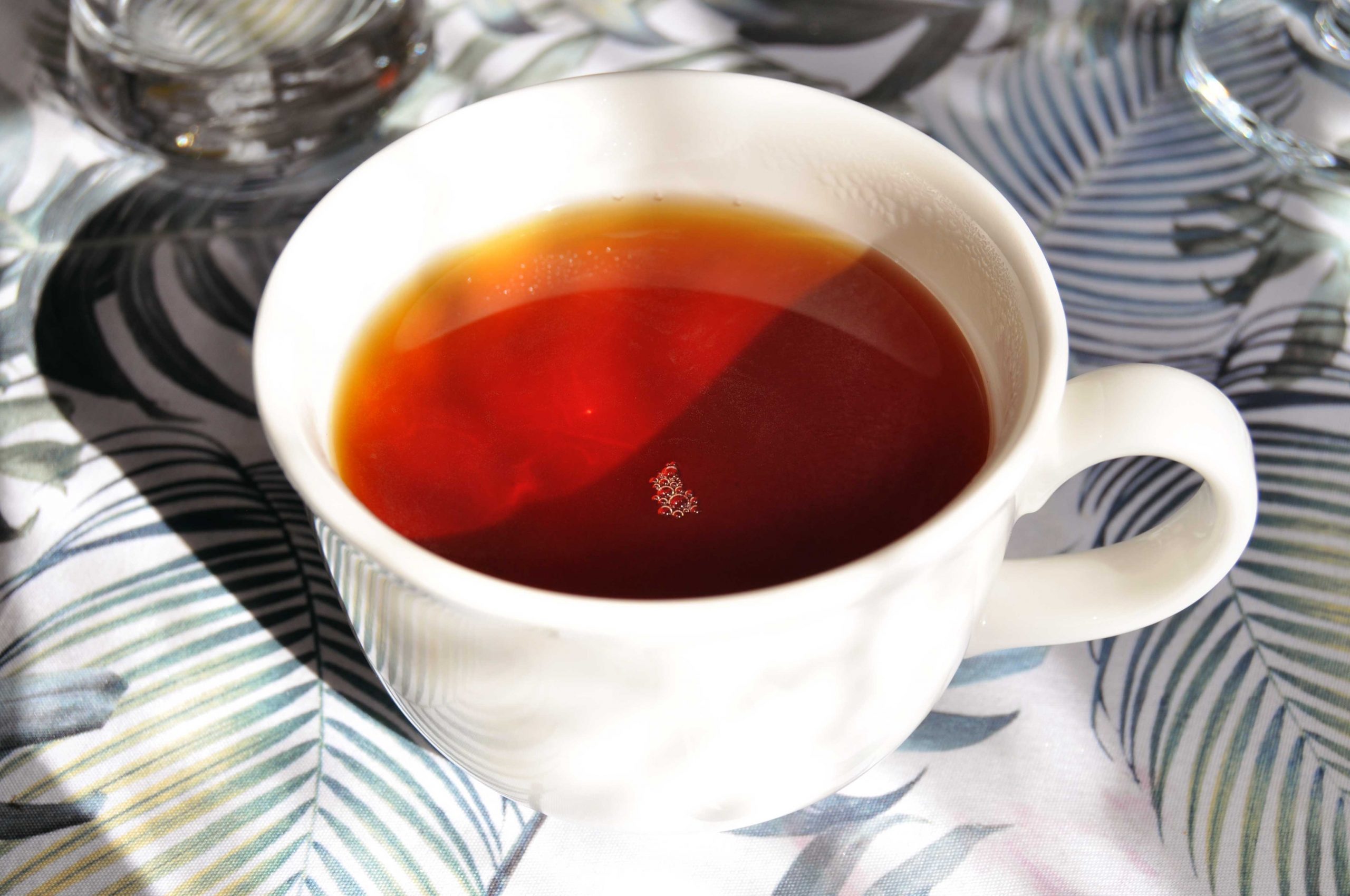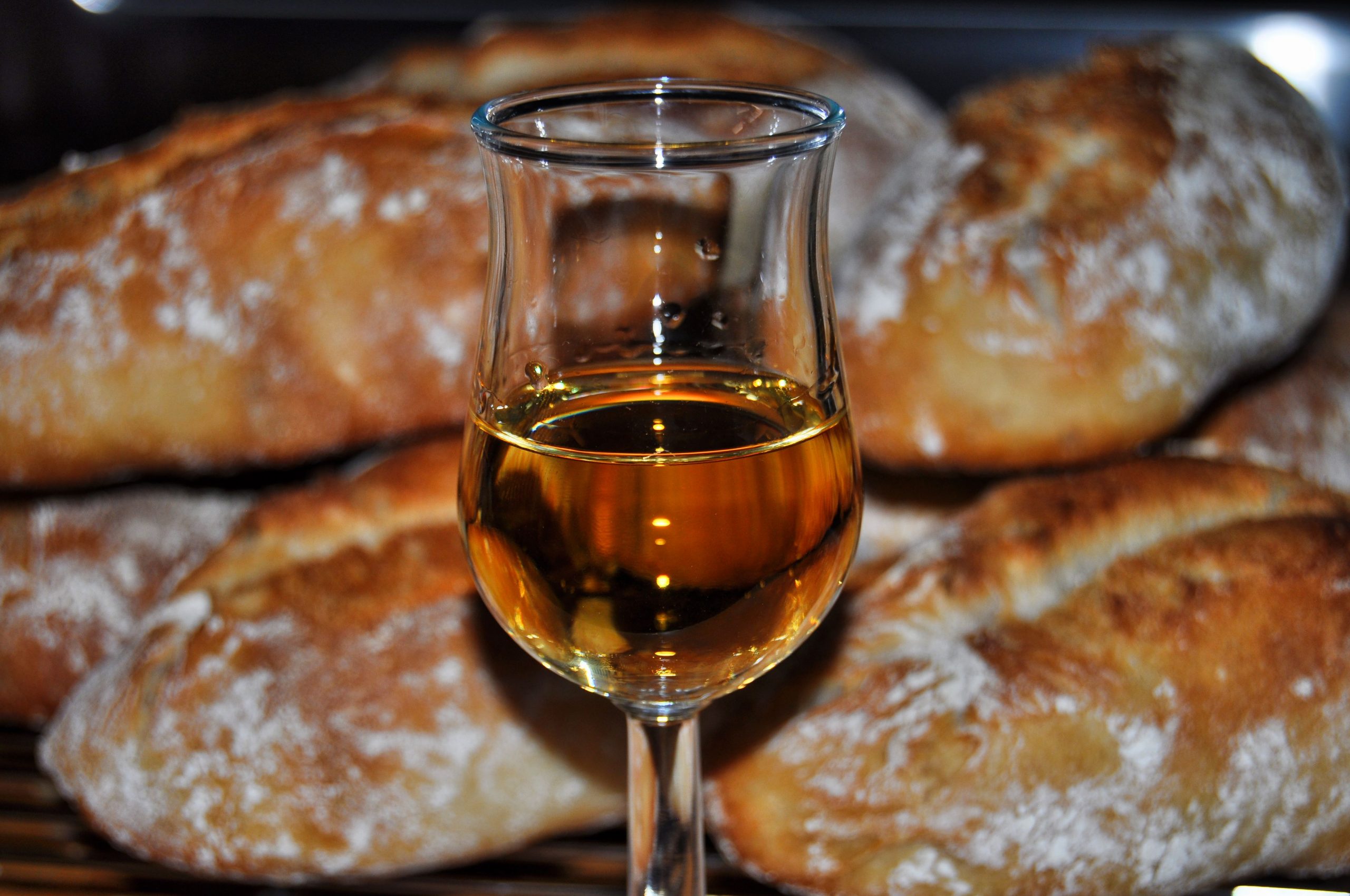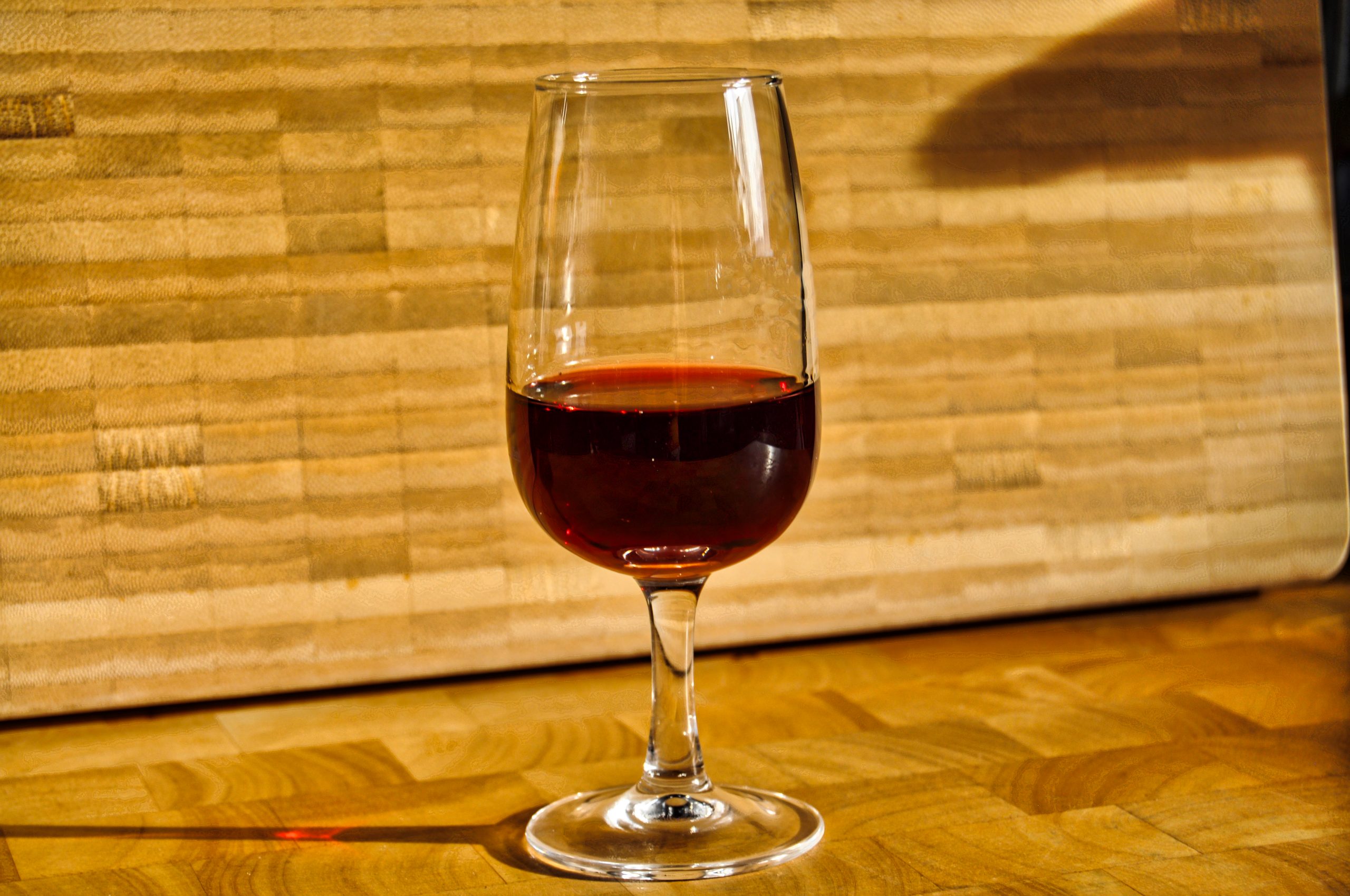Originally, Lambrusco was a peasant drink: harvesting the vines was a kind of “celebration” back then. The fruit was harvested and preserved, the pig was slaughtered and the last thing to be done was to harvest the vines. The fully ripe grapes were put into wooden barrels for fermentation and in the middle of fermentation the wine was bottled. The carbonic acid produced by the fermentation turned the wine into a sparkling wine.
From today’s point of view, this is a relatively simple practice, which shows that in the end the farmers simply wanted a drink containing alcohol: Whether the wine ended up dry, semi-dry or sweet didn’t matter. It was drunk anyway.
That was one of the reasons why Lambrusco was frowned upon in professional circles for a long time and in the past was considered probably the most primitive semi-sparkling wine in Italy – but today Lambrusco is anything but primitive. Lambrusco is now subdivided into numerous different categories, which are highly appreciated by wine connoisseurs as well. That is why Lambrusco wines are also available in almost every price range.
Pergola cultivation
For some years now, winegrowers who press Lambrusco wines have been making a noble sparkling wine from the product using the traditional method: the traditional method is usually only used for sparkling wine products from France or Germany, which are considered particularly noble.
Literally translated, Lambrusco means something like “wild vine”: vineyards where Lambrusco wines are grown can be recognised relatively quickly with the naked eye.
This is due to the classic pergola viticulture method used for Lambrusco: the pergola ensures that the Lambrusco vines are well shaded.
This is why one sees the pergola particularly often as a viticultural method at Lambrusco wineries: The pergola is a relatively old method of raising grapes, in which the vines entwine themselves on wooden frames. The advantage of pergola is that the soil under the vines retains more moisture and the grapes themselves are better protected from the sun. Pergola cultivation is used particularly often when fruity, aromatic wines are desired as the end product.
Lambrusco can in no way be reduced to a single grape variety.
Diverse semi-sparkling wine
Numerous top Italian products come from Emilia Romagna, including Prosciutto di Parma and Parmigiano Reggiano: but even Italians often forget to mention Lambrusco when talking about top products from Emilia Romagna.
Lambrusco is not just Lambrusco: with today’s knowledge of the wine industry, Lambrusco wines can be made as dry, semi-dry and sweet wines. All wines that go under the name Lambrusco have one thing in common: due to a relatively low carbonic acid content, they are considered semi-sparkling wines – in Italian, this is called vino frizzante. Semi-sparkling wine is distinguished from sparkling wine, vino spumante. Vino spumante contains considerably more carbonic acid than vino frizzante.
Lambrusco is the umbrella term for a whole family of wines: The three most important Lambrusco varieties today are Lambrusco di Sorbara, Salamino di Santa Croce and Grasparossa di Castelvetro. These are only three categories of the total of six DOC-protected areas designated by the umbrella term Lambrusco. In most cases, the indications of origin each refer to a separate grape variety: Lambrusco can therefore in no way be reduced to a single grape variety.
Metodo Martinotti
In most cases, Lambrusco is a lightly sparkling vino frizzante: as such, it is usually vinified using the Charmat method (Italian: Metodo Martinotti), which means that large tanks are used to produce the semi-sparkling wine. This method is an alternative to the traditional method used for champagne, for example, especially in terms of economy.
Nevertheless, the two methods differ, especially in the taste of the semi-sparkling wine: wine connoisseurs believe that a sparkling wine made using the traditional method is much more interesting in terms of taste. The winegrowers who produce Lambrusco have also recognised this: Many winemakers have now switched to the traditional method to produce Lambrusco.
The original Pét Nat
Among experts, Lambrusco is said to be something like the “original Pét Nat”: Pét Nat is a semi-sparkling wine that is produced according to the Méthode Ancestral: This means that the fermenting must is filled into a pressure-stable bottle to ferment directly there. By comparison, in the traditional method, an assemblage of finished base wines is fermented a second time with the addition of more yeast and sugar.
This second fermentation is omitted in the Méthode Ancestral: The carbonic acid produced by the first fermentation remains in the bottle and provides the carbonic acid for the semi-sparkling wine. This is also how Lambrusco was traditionally produced in the past.
Over the centuries, this traditional production method receded into the background: not least, the demand for large masses made the use of tank fermentation indispensable. Although tank fermentation yields large masses of wine, the quality suffers. However, producing a semi-sparkling wine with tank fermentation that does without disturbing metallic aromas is also a technique in itself.
Nowadays, many top producers of Lambrusco wines are returning to the roots of the legendary semi-sparkling wine.
Drowsy? Not at all!
The spectrum of Lambrusco wines is wide: there are Lambrusco wines that come with a deep red in the glass and there are Lambrusco wines that present themselves in a rosé colour.
For a long time, Lambrusco was regarded in the wine world as a relatively simple wine that does not have much to offer in terms of taste and has a “soporific” effect on the body: The Lambrusco that wine connoisseurs understand today has little to do with this simply produced wine.
Nowadays, many top producers of Lambrusco wines are returning to the roots of the legendary semi-sparkling wine and making wines that are appreciated by wine lovers and awarded prizes by professionals. Lambrusco has long since shed its reputation as a primitive, headache-inducing semi-sparkling wine.
Cover picture: © Simon von Ludwig

 Deutsch
Deutsch














